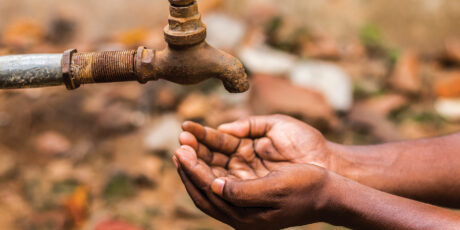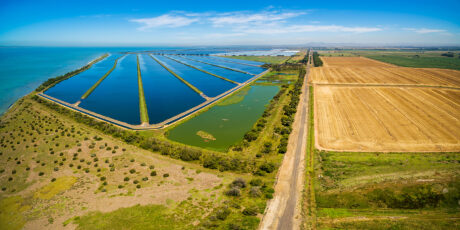
Troubled Waters
What will it take to provide safe drinking water for everyone?
Clean drinking water is a basic human right, but 1 in 10 of us lack access to a safe, reliable supply. Ensia takes a look at who’s working to ensure the safety and availability of the water we rely on for life.
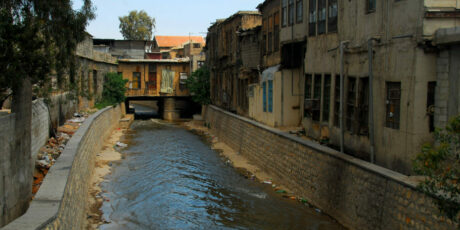
In war-torn Syria, efforts to save a river refuse to die
Campaigns to revive the Barada River face an upstream battle

Radioactive contamination is creeping into drinking water around the U.S.
As mining, fracking and other activities increase the levels of harmful isotopes in water supplies, health advocates call for tighter controls.
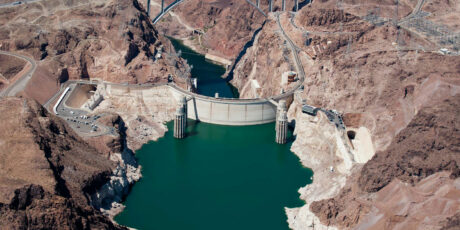
The future of water in the U.S. West is uncertain, so planning and preparedness are critical
Water authorities in the Western U.S. don’t know what the future will bring, but they are working collaboratively and with scientific rigor to make sure they’re prepared for anything.
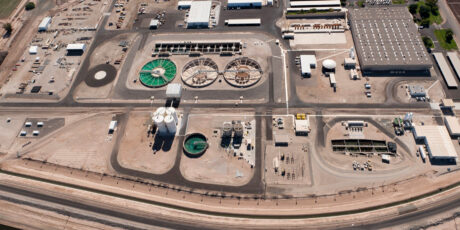
Desalination has guided water exchanges for Israel and Jordan. Could it play a role in the Colorado River Basin’s future?
The expensive technology has contributed to water diplomacy in an otherwise strained relationship between Israel and Jordan. Across the world, as the Colorado River supply dwindles, the U.S. and Mexico are exploring whether such tools could help quench their own shared border.
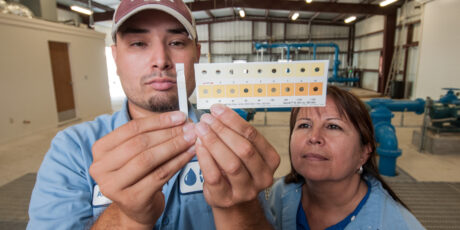
Some U.S. drinking water still carries levels of arsenic experts consider unsafe
Less publicized than lead, researchers find arsenic in U.S. communities’ drinking water, with signs of an inequitable burden
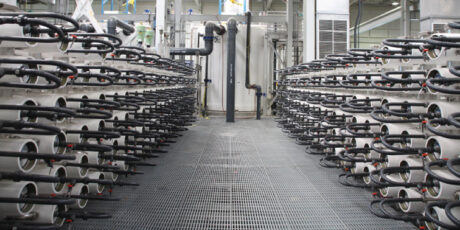
In an arid U.S. West, water agencies look to deliver purified wastewater directly to customers’ faucets, despite “yuck factor”
Western water experts are working to not only conserve water, but to also reuse as much wastewater as possible, including through direct potable reuse.
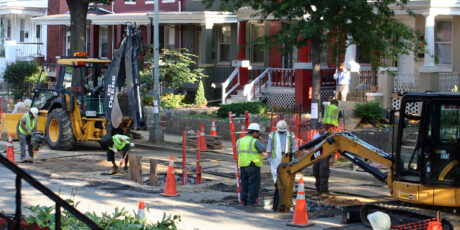
Does this city’s progress on removing lead water lines show the potential for U.S.-wide replacement?
Faced with a lead crisis that drew comparisons to Flint, Michigan’s, some people have called Newark, New Jersey’s response a “national model.” Still, eliminating lead from drinking water nationwide will not be an easy task.
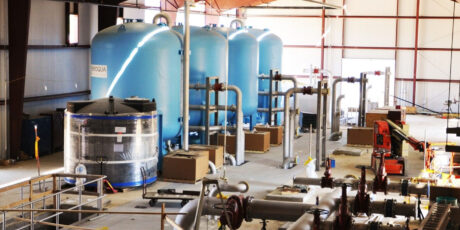
Citizens across the country are questioning, and sometimes fighting, chloramines in drinking water
Hannibal, Missouri, and Poughkeepsie, New York, are among the cities that have dropped the controversial chemical in favor of new water treatment systems
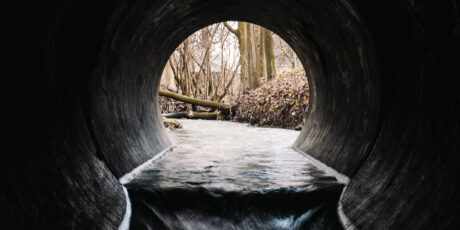
Life-saving drinking water disinfectants have a “dark side”
Disinfecting drinking water against pathogens is necessary, but by-products from the process are a ubiquitous — and likely growing — problem across the U.S. Solutions exist, though.

PFAS chemicals are turning up in tap water across the country. How do we get them out?
Removing “forever” chemicals from drinking water is not an easy task
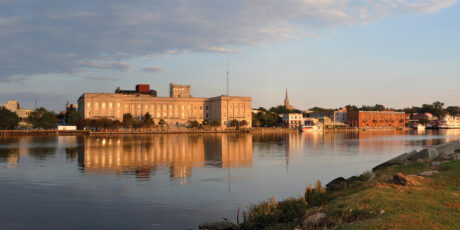
From Alaska to Florida, harmful PFAS compounds pollute water at multiple sites in every state
Wherever you are in the U.S., there’s a good chance you can find harmful PFAS compounds in water near you.
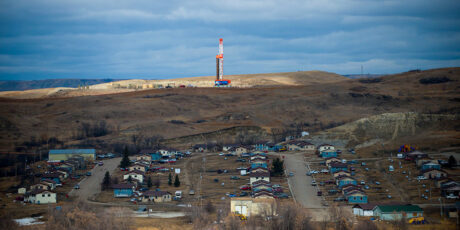
In the northern Great Plains, a search for ways to protect drinking water from fossil fuel industry pollution
North Dakota’s water supplies are at risk from contaminants from fracking wastewater, but residents are fighting back
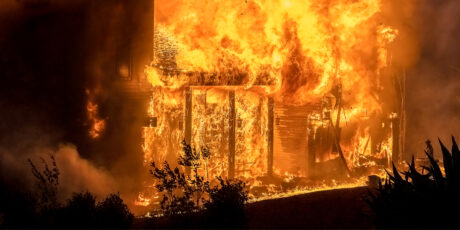
The surprising connection between West Coast fires and the volatile chemicals tainting America’s drinking water
Manufactured substances known as volatile organic compounds contaminate drinking water around the U.S. — and recent wildfires are making the situation worse.
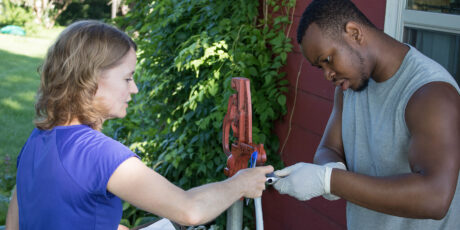
Will climate change increase the presence of pathogens in drinking water?
As storms grow more severe and temperatures climb, contamination of groundwater by animal and human waste could be on the rise as well.

Legionella and other dangerous pathogens still lurk in U.S. drinking water
Though less common than in the past, microbes that contaminate tap water continue to sicken — and sometimes kill — Americans.
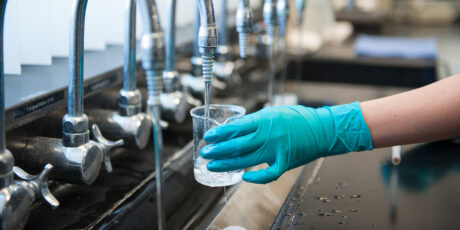
Explainer: Who regulates U.S. drinking water, and how?
Federal, state and local governments all have a hand in protecting public water systems and private wells from contamination.

These Americans don’t trust their tap water. Would you?
Rural water systems face unique challenges in providing clean, safe, affordable, sustainable drinking water.
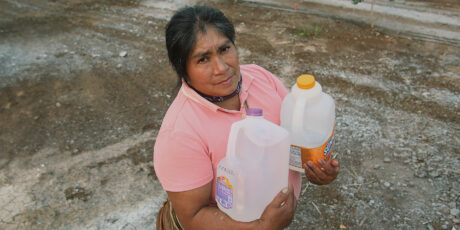
Across the US, millions of people are drinking unsafe water. How can we fix that?
Aging infrastructure, questionable standards, legacy pollution and emerging contaminants are creating a growing urgency to pay attention to the quality of the water we drink.

Opinion: Corporations need to do more to solve global water problems
Water insecurity and low resiliency revealed by the Covid-19 pandemic make it clear that stewardship is not enough: We need greater collaboration, innovation and engagement with public policy

Opinion: We need to keep our water systems — and workers — safe as the novel coronavirus ravages the world
The COVID-19 pandemic is bringing new challenges to water treatment and wastewater infrastructure. Here’s what we need do to keep it going strong.

This little-known principle has harmed millions of people. What are we doing to change it?
The Kehoe paradigm assumes a lack of risk unless proven otherwise. Here’s why that’s a problem, and how people are working to find a better way.
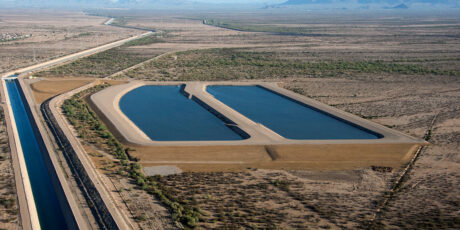
With floods and droughts increasing, communities take a new look at storing water underground
Groundwater recharge is the latest wave in water security — though challenges remain.

As floods increase, cities like Detroit are looking to green stormwater infrastructure
With climate change bringing more intense storms, urban areas are looking for better ways to manage runoff.
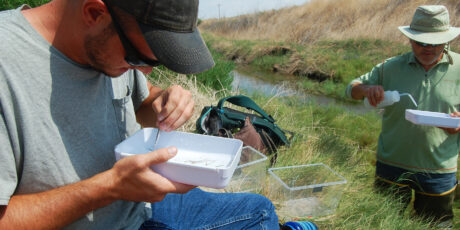
Freshwater springs support amazing ecosystems and reflect the health of aquifers humans rely on. What can we do to protect them?
Threatened by water use and climate change, these groundwater gems are drawing new attention from scientists and lawmakers alike.
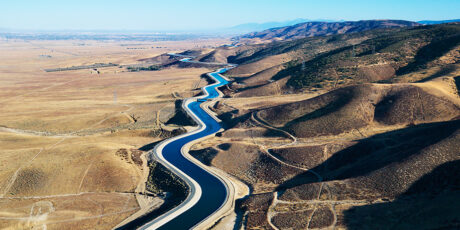
America uses 322 billion gallons of water each day. Here’s where it goes.
From cooling power plants to quenching thirst and growing crops, water is part of everything we do.
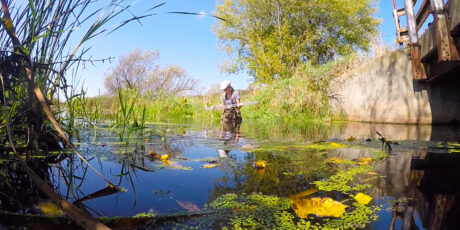
How the growing “One Water” movement is not only helping the environment but also saving millions of dollars
Solutions to floods, droughts and pollution that look upstream, downstream and everywhere in between save dollars and make sense.

We’re pouring millions of tons of salt on roads each winter. Here’s why that’s a problem.
The use of salt to de-ice roads and parking lots has skyrocketed in recent years. As environmental consequences emerge, scientists propose creative solutions.
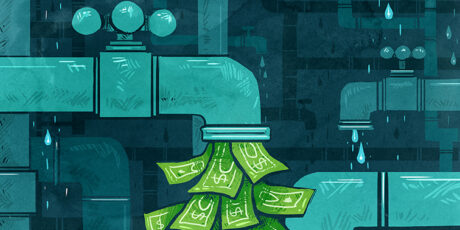
Opinion: Clean water is a basic human right, and we can and should make it affordable to everyone
As we invest in our public water systems — and we must — we need to distribute costs equitably.
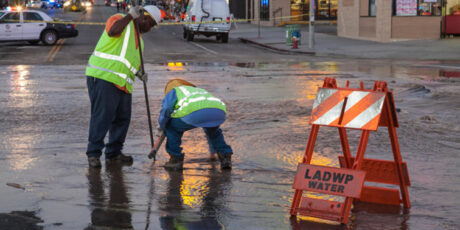
Our drinking water systems are a disaster. What can we do?
In the wake of the Flint crisis, communities turn to innovative technology and financing to prevent the next crisis.

What to do about the antidepressants, antibiotics and other drugs in our water
As pharmaceuticals taint rivers and lakes, scientists search for solutions.
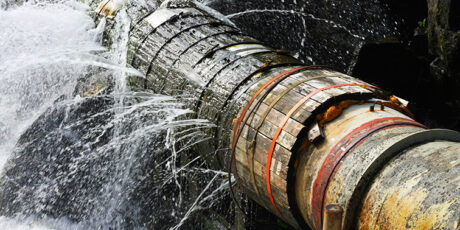
Hey, America: It’s time to talk about the price of water
Recent woes have drawn unprecedented attention to the worth of fresh, clean water. Can it change the way we pay for the world’s most undervalued resource?

Can trust funds protect drinking water and watersheds, too?
Downstream beneficiaries of clean water are anteing up to protect water supplies at their source.

Is reuse the next wave for water conservation?
As pressures on surface and groundwater grow, so does interest in reclaiming municipal water near its source.
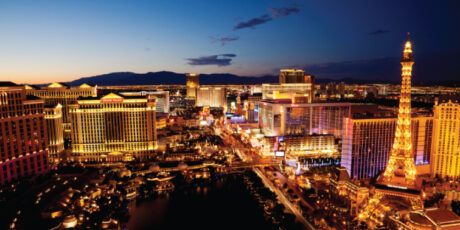
Are massive projects really the right answer to our water supply woes?
Conservation and recycling can reduce the need for massive municipal water infrastructure
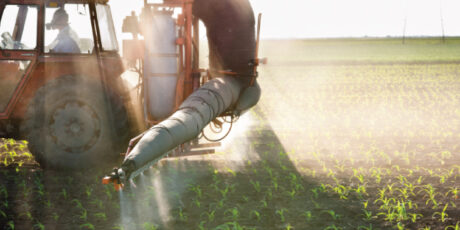
Nitrate pollution has been called the most significant water quality problem in the U.S. California is doing something about that.
As contamination worsens, an oft-ignored groundwater pollutant is drawing new attention — and solutions.
